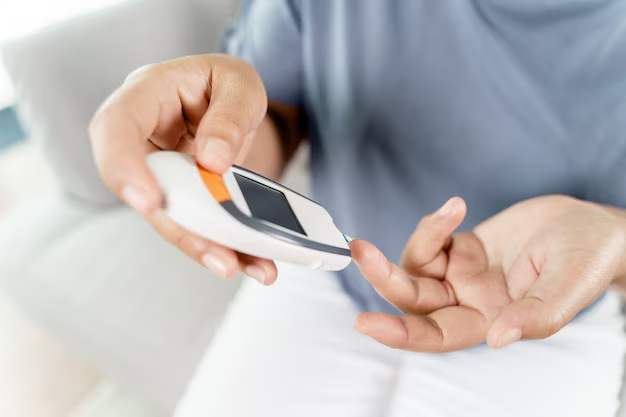Strategies to Reverse Type 2 Diabetes: What You Need to Know
Living with Type 2 diabetes might seem like a lifelong commitment, but many people have successfully reversed the condition through lifestyle changes. If you're determined to take control of your health, you might wonder how to make this shift. Reversing Type 2 diabetes involves a combination of dietary adjustments, exercise, and sometimes medication, with a focus on achieving and maintaining a healthy weight.
Understand Type 2 Diabetes
Type 2 diabetes is characterized by insulin resistance, meaning your body can’t effectively use the insulin it produces. This leads to high blood sugar levels and can result in significant health complications if not managed properly. The good news is that through focused and consistent lifestyle changes, many have reduced or eliminated symptoms, effectively putting their diabetes into remission.
Dietary Choices: The Foundation
Food is fuel. Consuming the right types of foods can help manage and potentially reverse diabetes:
- Prioritize whole foods such as fruits, vegetables, whole grains, and lean proteins. These are rich in nutrients that help control blood sugar levels.
- Cut down on processed foods which often contain added sugars and unhealthy fats, contributing to insulin resistance.
- Monitor carb intake as carbohydrates directly impact blood glucose levels. Opt for complex carbs that have a lower impact on blood sugar.
- Stay hydrated with water, limiting sugary drinks and alcohol.
Exercise: Move More, Feel Better
Regular physical activity helps the body use insulin more efficiently and reduces blood sugar levels. Aim for:
- At least 150 minutes of moderate aerobic exercise per week, like walking, cycling, or swimming.
- Strength training which can improve insulin sensitivity, helping muscles to better utilize glucose.
- Flexibility and balance exercises to improve muscle function and overall physical health.
Medication and Monitoring
For some, lifestyle changes might need to be complemented with medication. It’s vital to:
- Consult with healthcare providers to tailor a treatment plan specific to your needs.
- Regularly monitor blood sugar levels to track your progress and make informed adjustments.
Beyond Health: Addressing Financial and Educational Resources
Reversing diabetes can be resource-intensive, and it’s crucial to have access to financial and educational assistance to sustain long-term changes. Consider exploring:
- Government aid programs providing financial support for medical expenses and diabetic supplies.
- Financial assistance for healthy living such as discounted gym memberships or subsidies for nutritious food plans.
- Educational grants and resources offering information on managing diabetes, cooking healthy meals, and understanding the condition better.
A Helping Hand: Resources for Support
Navigating the financial and educational aspects of healthcare can be daunting, but these resources can ease the burden:
- 💰 Government Health Initiatives: Potential programs that support medical coverage for chronic conditions.
- 🏥 Local Community Health Centers: They often provide educational workshops and affordable health screenings.
- 📚 Diabetes Education Programs: Engage with programs that teach disease management and prevention.
- 🛒 Supplemental Nutrition Assistance Program (SNAP): Offers benefits to purchase healthier food options.
- 💳 Low-Interest Credit Cards for Medical Expenses: These cards can help manage and distribute the costs associated with diabetes care.
Taking the first step towards reversing Type 2 diabetes is empowering, and with targeted efforts in lifestyle, health education, and financial planning, it is an achievable goal. With the right tools and mindset, you can lead a healthier life free from the constraints of diabetes.
